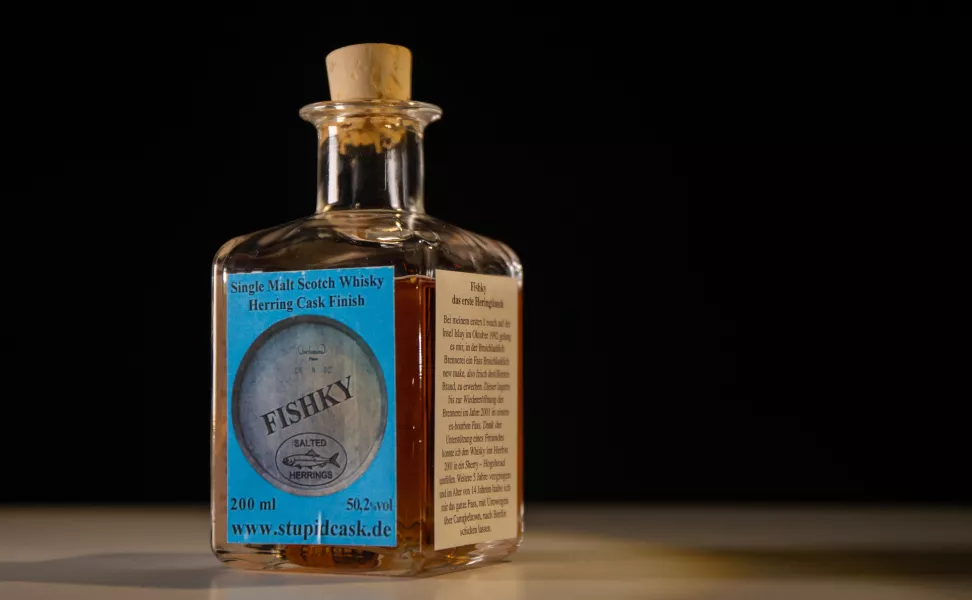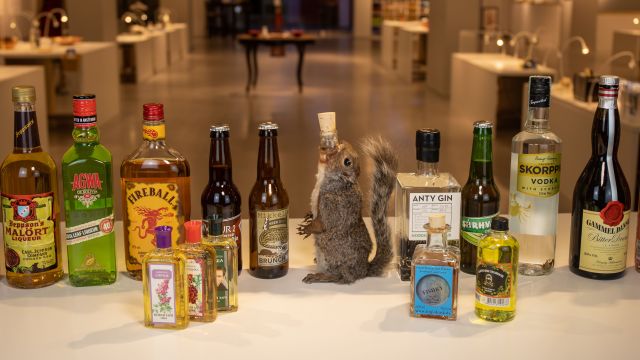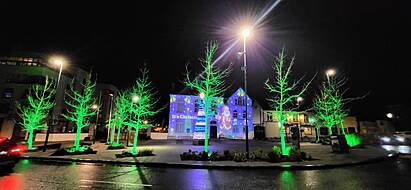Visitors can examine a flask of Anty Gin – each bottle features the essence of 62 red wood ants – or enjoy the aromas of Fishky, a Scottish whisky aged for three months in a cask of salted herring.

Other entries include Icelandic sheep dung and smoked whale testicle beer, suspicious-sounding “surrogate alcohol” from the Soviet-era, and a South Korean rice wine that contains literal human faeces.
The public face of the exhibition is a mouth-melting 55% beer named the End of History, sold in the taxidermied corpse of a squirrel.

“Our drinking habits vary by country just like our food habits,” says Andreas Ahrens, museum director and co-founder, “so we have found the strangest, most interesting, most challenging alcohol types from around the world. Some of these are home-made alcohols going back thousands of years, while others are experimental, made by local brewers.”
The Museum launched as a temporary exhibit in 2018, and proved so popular it became permanent in July 2019. Ahrens cites fermented shark as his most malodorous meal, while fellow founder Dr. Samuel West opts for a duck fetus he ate in the Philippines.

The day-to-day collection houses 80-odd exhibits, taking visitors on a vile voyage through the outlandish and inedible. Highlights include a bull’s penis, fruit bat soup, Peruvian smoothies made from frogs, fried caterpillars, and a Sardinian cheese crawling with live maggots.
Perhaps controversially, there’s also haggis, Australian national spread Vegemite, and a helping of local Swedish delicacy Surströmming – salted and fermented herring. On the wall hangs a chart, tracking the number of days since a visitor last vomited.
Located in Malmo, the museum is ordinarily open Wednesday through Sunday, but due to Covid-related restrictions is currently open on the weekend only. The alcohol exhibit launched on September 5, and will be open for three months.







